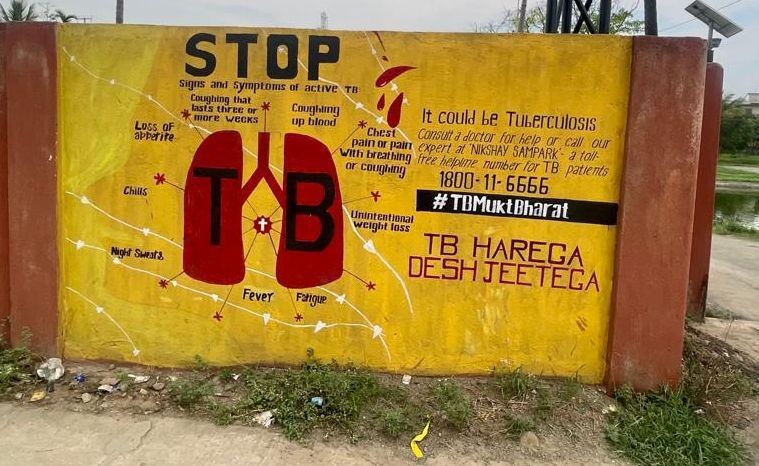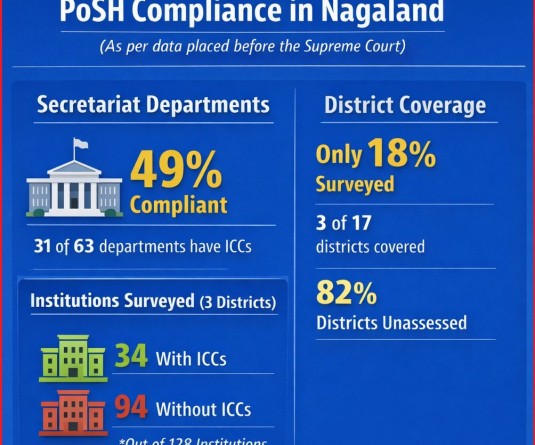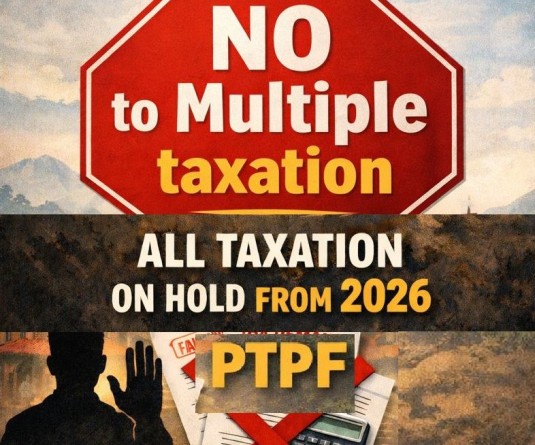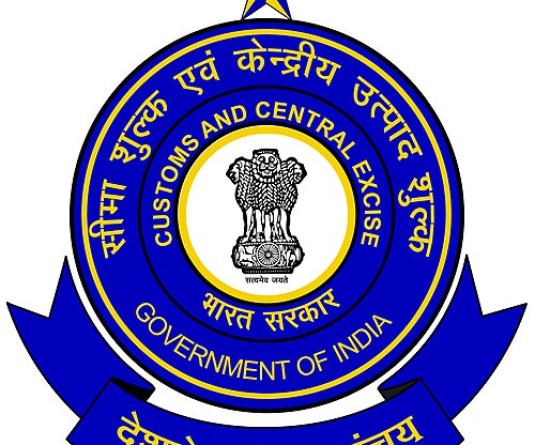A mural painting on Nagarjan Road in Dimapur displays information on the signs and symptoms of Tuberculosis, along with a helpline for TB patients. According to Ni-kshay portal, TB notification rate in Nagaland declined from 197 in 2022 to 179 in 2023. (Morung File Photo)

Morung Express News
Dimapur | December 17
After increasing for two years, the Tuberculosis (TB) case notification rate in Nagaland is expected to decline slightly in 2023, highlighted data provided by the Union Ministry of Health and Family Welfare (MoHFW) on December 15.
Annualised data for 2023 till November indicates that Nagaland’s TB notification rate declined from 197 in 2022 to 179 this year, reflecting a 9.14% fall.
Year-wise data, provided by the Minister of State (MoS) Dr. Bharati Pravin Pawar in a written reply in the Lok Sabha, further informed that Nagaland's TB notification rate was 168 in 2020, which increased to 175 in 2021, and later to 197 in 2022.
In India, the TB notification rate is the number of TB cases notified per 1 lakh population in a year.
Data based on the TB case registration portal Ni-kshay further highlighted that the notification rate was highest till November 2023 in Chandigarh at 475, followed by Delhi (473) and Puducherry (291).
It was lowest in Lakshadweep with just 8 notifications, while Manipur had the second lowest rate at 57. Kerala was third with 59 cases.Among the North-East states, Sikkim had the highest rate at 184, followed by Nagaland. The notification rates for the rest of the NE States were: Arunachal Pradesh (88); Assam (136); Meghalaya (119); Mizoram (148); and Tripura (75).
Meanwhile, MoS Dr Pawar maintained in the written reply that the Government has made steady progress towards achieving the target for sustainable development goals related to TB by 2025 in India.
As per the Global TB Report 2023 published by the World Health Organization, the incidence rate of TB in India has shown a 16% decline from 237 per 100,000 population in 2015 to 199 per 100,000 population in 2022, she said.
Further, to achieve SDGs related to TB by 2025, the National TB Elimination Programme (NTEP) implements key activities, including State and District Specific Strategic plans for targeted interventions in high-burden areas; provision of free drugs and diagnostics to patients; active TB case-finding campaigns; integration with Ayushman Arogya Mandir, Private sector engagement, etc., she added.
There is also a multi-sectoral response with the involvement of line ministries, the MoS said.
Meanwhile, Pradhan Mantri TB Mukt Bharat Abhiyan (PMTBMBA) launched by the MoHFW in September 2022 for community support to TB patients with the objective to provide people with TB with additional nutritional, diagnostic, and vocational support, she said. Ni-kshay 2.0 portal has been developed and made available in the public domain to facilitate the community to register as Ni-kshay Mitra. Guidance documents have been developed and shared with all State/UTs to implement the initiative.
Periodic reviews are done to monitor the progress of the initiative at the National and State/UT levels, she added.
Dr Pawar also maintained that there has been a regular supply of Anti-TB drugs to all the State/UTs from the central level under the NTEP throughout the year, and regular assessments are conducted to evaluate the stock positions at various levels, from central warehouses to peripheral health institutes.
Furthermore, State/UTs have been provisioned with resources for local procurement for limited quantities as and when required to meet emergent requirements, she added.






